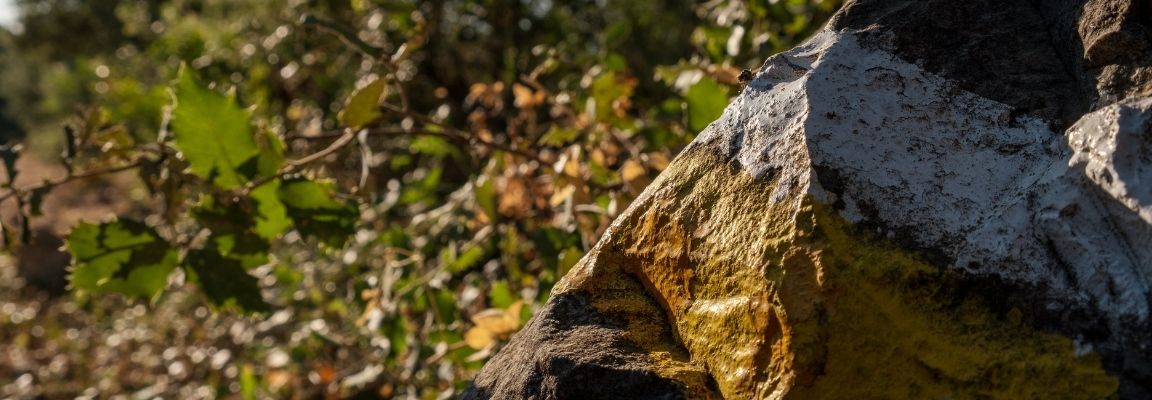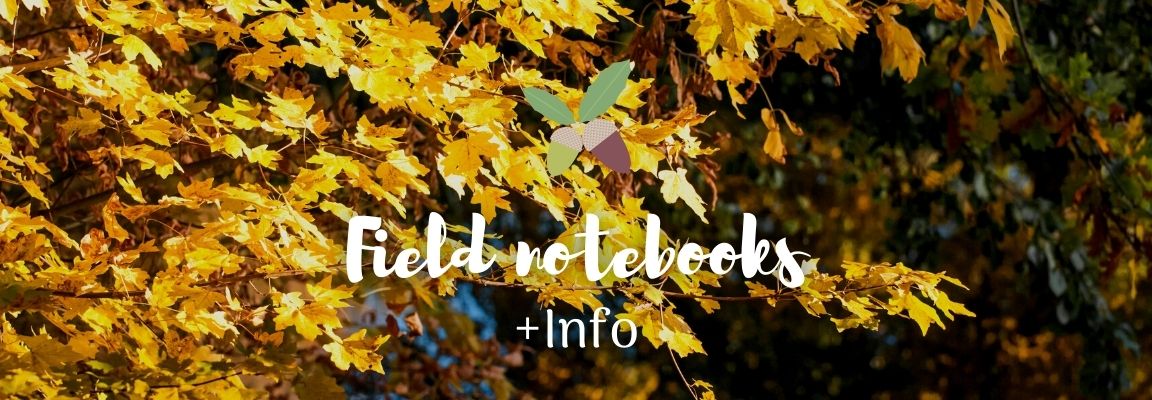
Joan and the Marina
The voice of plants
By Xavi Ródenas
I believe that the concept of the "voice of the plants" would be of interest to Joan Pellicer, given his extensive dedication to listening to plants through the insights and knowledge of the people in villages, ancient writings, traditional crafts and customs. Similar to Dersu Uzala in Kurosawa's film, Pellicer might ask us, "Can you hear them? Can you hear how they speak?" He translated the flawless language of plants, which lacked insults or disrespect, to a language often deemed unintelligent, our own. Occasionally, he grew infuriated by our treatment of plants. He gathered numerous insights and understandings from the residents of villages in Diània, particularly those of Marina Alta. The Marina served as a place of nostalgia, emanating the cherished aromas of the beloved "Odyssey". It boasted intricate mountainous passages, unique landscapes with villages perched upon steep cliffs, and a populace retaining great affection for their homeland and native tongue.
Juan passionately explained that in the Marina, people still listen to the plants, and understand their language at times. During his last excursion, he showed us slides of various plants, including gorse, lligaboscos, aladiernos, durillos, timonets, and strap flowers. He also spoke to us about Klimt and the Iliad. Whilst a series of tiles, featuring the Virgin Mary, were projected on the classroom screen, he discussed the use of abortifacient plants throughout history and in widespread practice. These plants were privately conveyed by female healers, present in all villages. It was explained that even plants alone could evoke positive and sensitive qualities in the privileged men who lived within the context of violent and irrational masculinity. A Labrador skillfully glided on a moped, while transporting a small mouse dog between its legs and three lovely white calla lilies behind it, on its way to meet its companion. As if inextricably connected, he detailed the practical applications of flora and its corresponding vernacular, as well as the adages that accompanied them, and the Greek, Latin, and Arabic etymologies of the words utilised without much thought or consideration. He expounded upon this field of study, known as ethnobotany, within the context of the Diania region - this labyrinthine mountainous chorus nestled within the heart of Valencia, where his roots and beloved language persist. He selected the Marina to relish the seclusion of the untamed and genuine experience. I have always deemed it his enduring passion for "the Marina and Juan."
His careful and consistent work, despite its precarity and struggles, has been published in various books which we are fortunate enough to have access to. These books provide a comprehensive account of the topics that have been discussed. They are volumes that blend science, poetry, respect, mountaineering, references, art, botany, anthropology, and history. They are volumes in which everything takes on the authentic significance of the university, the most humanistic perspective, the perspective of wisdom derived from the amalgamation rather than the segregation of fields of study.
Here is a collection of some of the resprouting plants that are beloved for their ability to save us after a fire, covering ground quickly to prevent it from being washed away by rainfall. These plants bring hope and light to the scorched earth, and soon we will see the green that heals everything.
Joan Pellicer
Juan Pellicer i Bataller was born in the summer of 1947 in the fishing village of Sotaia de la Safor (Bellreguard). He obtained a degree in medicine and enjoyed walking, reading, and dreaming. For years, he hiked mountains and visited villages in pursuit of reclaiming our valuable phytotherapeutic and ethnobotanical heritage.
 Joan Pellicer. Images from the Valencian Museum of Ethnology's exhibition 'The Wisdom of Our Plants'.
Joan Pellicer. Images from the Valencian Museum of Ethnology's exhibition 'The Wisdom of Our Plants'.Bibliografia
- Herbari breu de la Safor (Universitat Popular de Gandia, 1991)
- Bellreguard, verd esguard (CEIC Alfons El Vell, 1994)
- De la Mariola a la mar: viatge pel riu Serpis (Col·lectiu de Mestres de la Safor, 1997)
- Flora pintoresca del País Valencià (Tàndem Edicions, 1999)
- Costumari botànic (Edicions del Bullent, 2000)
- Costumari botànic 2 (Edicions del Bullent, 2000)
- Meravelles de Diània: camins, paratges i paisatges de les comarques centrals valencianes (Edicions del Bullent, 2002)
- Costumari botànic 3 (Edicions del Bullent, 2004)
- Herbes medicinals al País Valencià (?)
- Lluors de Gaia: paisatge, flora i fauna de la Safor (?)

